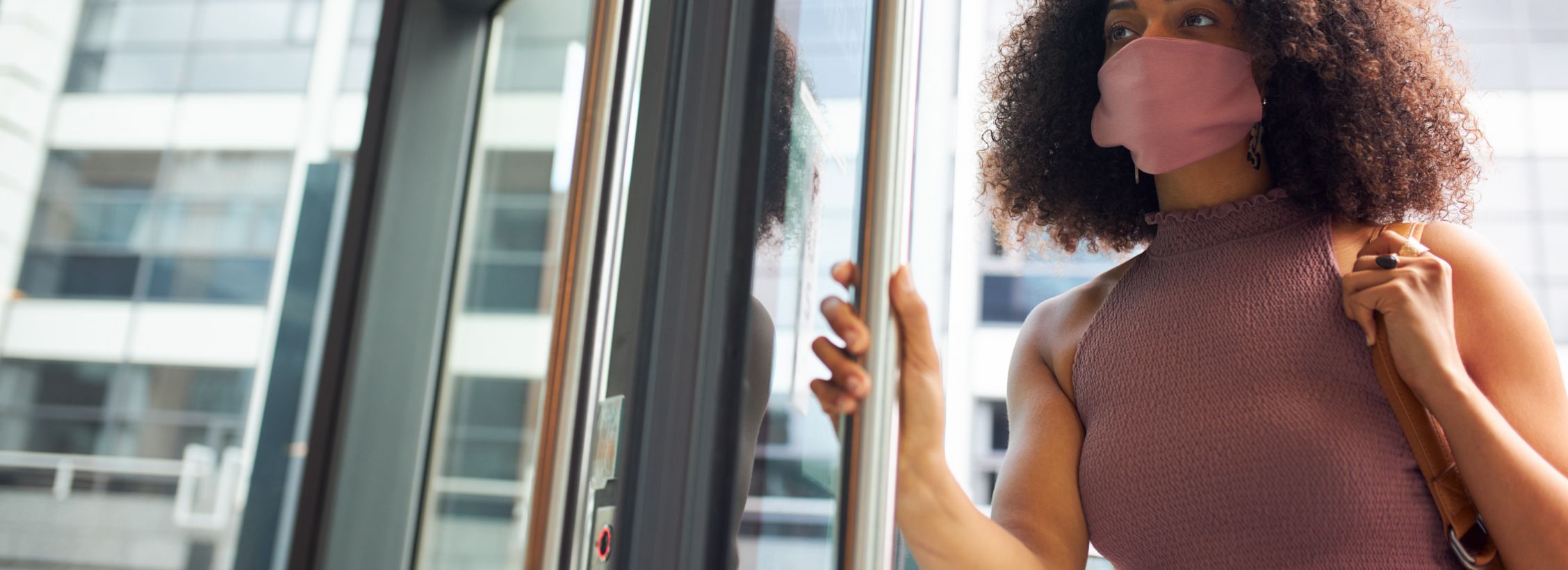For businesses and public services, quickly getting to grips with Covid-19 safety guidelines and putting the right procedures in place have been essential to keeping themselves, their colleagues, customers and service users safe.
An estimated 20 million individuals in the UK worked from home during the Coronavirus pandemic compared to pre-lockdown figures of less than 2 million. Employees have been faced with numerous challenges concerning this sudden workplace change, including remote technology, homeschooling and homeworking, mental health challenges and furloughing.
No one wants to see another national lockdown, so here are some essential steps and useful reminders for businesses and organisations, as more people return to the workplace and businesses open their doors to the public.
Covid-19 Risk Assessment
- A first step for any business or organisation is to consider how public health guidance impacts on your workplace and the way in which you manage workspaces and provide your services to others. Like all risk assessments, it should be a ‘live’ document, that is reviewed and updated regularly and any actions suitably communicated to your employees, customers or service users.
Preparing Safe Workspaces
- Are your utilities are all safe and operating correctly? If your water system has been static you may need consider the risk of legionella or other water contamination.
- It is important any equipment you use can be relied on when you return to work. Electrical equipment, mechanical parts, seals, lubricants and batteries can all deteriorate when not in use. Check initial procedures, manufactures information and industry guidance and safely test any equipment with a pre-use inspection, before it’s needed.
- Check for out of date products, gas concerns, security lighting and any setting or timers.
- Consider other safety procedures that require actions by individuals in an emergency i.e. fire evacuation, first aid and CPR.
- Can staff, customers, and service users enter, move around and leave the workplace safely and maintain physical distance? Do you have shared facilities that need to be considered i.e. toilets, kitchens and reception areas?
Prevent the Spread
- Your premises are likely to need a deep clean, before it fully opens. Look at your cleaning practices and develop hygiene procedures to reduce the risk of infection. Could you provide sanitising stations for employees, customers and services users? Take the opportunity to review your cleaning schedule and enhance cleaning practices, like wiping down equipment and tools, as well as frequent touch surfaces.
- Unhygienic surfaces attract germs, vermin and dust. This can be very harmful, triggering dust related illness like asthma or present a serious fire risk. You may need to consider improving ventilation of your workspace?
- The safest distance is still 2m, where possible ensure that the 2m rule is in place. If this is not possible – ensure the correct PPE is available; is used correctly and can be disposed of safely.
Looking After Staff, Customers and Service Users
- Many business and services have adapted incredibly well during lockdown and found innovative ways to provide their services. As a result, it may still be possible for staff to continue to work from home, have flexi- working hours or stagger shifts into the workplace, but this will require prior consultation with your employees and senior management. Equality, Inclusion & Diversity policies should be given due consideration.
- It is important you know if everyone is mentally and physically fit to return to work. Individuals’ mental or financial health could be suffering following the lockdown and they may need time and support to adapt a full return to work.
- Is your staff CPD up to date? Substantial time away from the workplace can mean that certain skills take time to return and may require a period of adjustment or ‘familiarisation’. The speed and use of tools and equipment like the use of sharps, forklifts and manual handling tasks could initially pose an increased risk. The way businesses recruit and on board new team members, or conduct staff inductions for people who have been furloughed or spent significant time working from home, should be reviewed.

